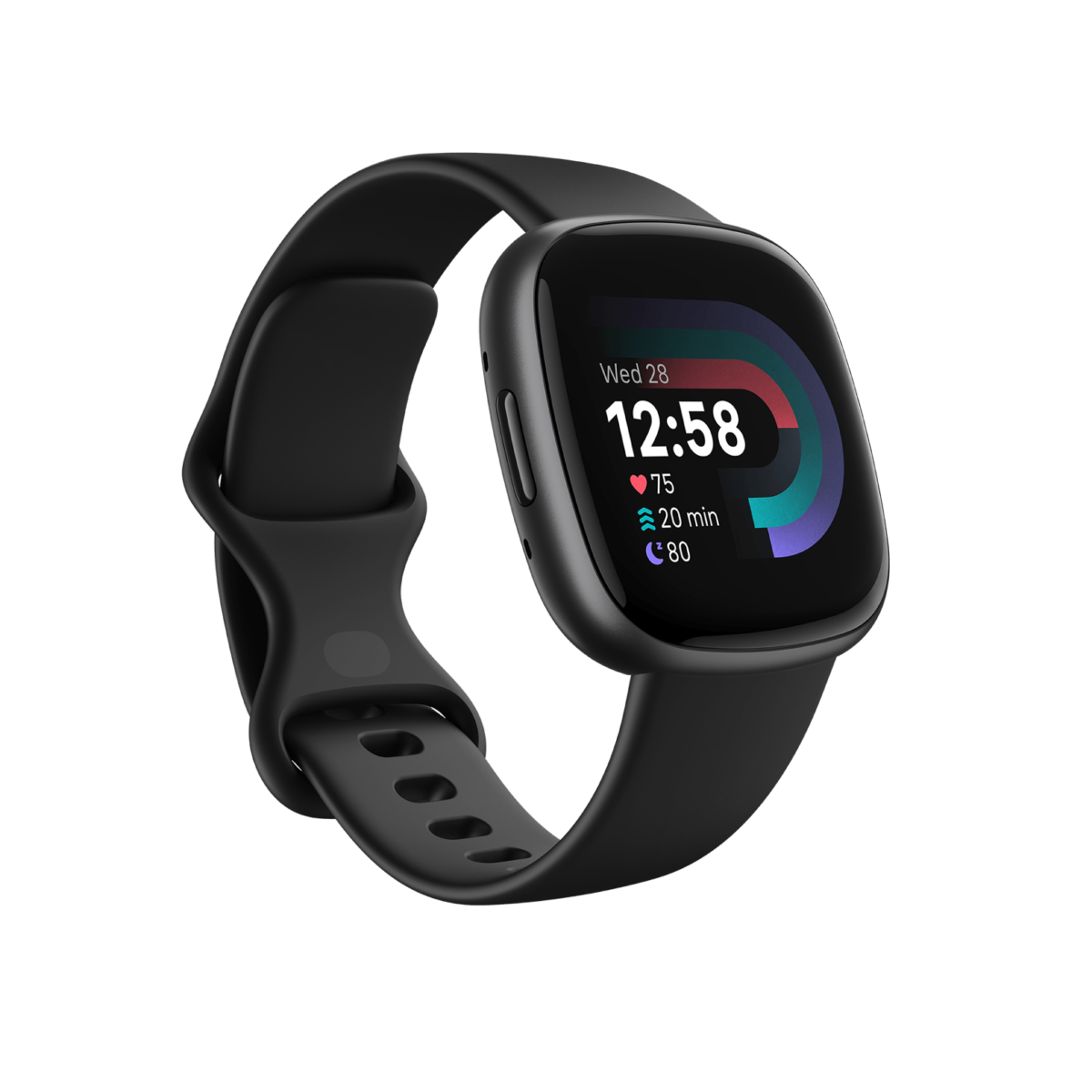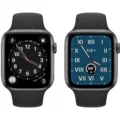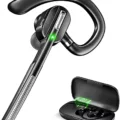Fitness trackers have become increasingly popular in recent years, with Fitbit being one of the most well-known brands on the market. While most people wear their Fitbit on their wrists, some users prefer to wear it on their ankles. In this article, we’ll explore the benefits and drawbacks of wearing a Fitbit on your ankle.
Firstly, it’s important to note that Fitbit doesn’t officially recommend wearing a tracker on the ankle for any activity. While the ankle may seem like a logical place to wear a tracker, it may not provide the most accurate readings. Fitbit’s algorithms are optimized for the wrist, which means that readings taken from other parts of the body may be less accurate.
That being said, some users prefer to wear their Fitbit on their ankles for certain activities. For example, if you’re cycling or using an elliptical machine, your arms may not be moving enough to register steps on your wrist. In this case, wearing your Fitbit on your ankle may be a good option to ensure you’re getting an accurate step count.
Another benefit of wearing a Fitbit on your ankle is that it can be more secure and comfortable than wearing it on your wrist. The band is designed to securely hold the Fitbit tracker in place, so you don’t have to worry about it falling off during intense activity. Additionally, some users find that wearing a Fitbit on their ankles is more comfortable than wearing it on their wrists, especially during activities that involve a lot of arm movement.
However, there are also some drawbacks to wearing a Fitbit on your ankle. As mentioned earlier, readings taken from the ankle may be less accurate than those taken from the wrist. Additionally, wearing a Fitbit on your ankle may not be as convenient as wearing it on your wrist. You may need to adjust the band to ensure a proper fit, and you may have to remove your shoe and sock to access the tracker.
Wearing a Fitbit on your ankle may be a good option for certain activities, but it’s important to keep in mind that readings may be less accurate than those taken from the wrist. Ultimately, the decision of where to wear your Fitbit is a personal one, and it’s up to each individual user to determine what works best for them.

Is Wearing a Fitbit on the Ankle Acceptable?
It is absolutely okay to wear a Fitbit on your ankle. In fact, wearing a Fitbit on your ankle can be a great option for those who prefer not to wear it on their wrist or those who want to ensure accurate step tracking when their arms aren’t moving. However, it is important to note that not all Fitbit models are designed to be worn on the ankle, so it’s best to check the user manual or manufacturer’s website to see if your specific model is suitable for ankle wear. If it is, make sure to wear it securely and comfortably by using a band with an overlapping pocket to fully insert the Fitbit. This will ensure accurate tracking and prevent the Fitbit from slipping or moving around.
Wearing a Fitbit on an Alternative Body Part
You can wear your Fitbit somewhere other than your wrist. For example, you can attach the tracker to a belt, or armband or loop it around the handlebars of your bike. However, it is important to note that wearing your Fitbit somewhere other than your wrist may affect the accuracy of your readings. Therefore, if you choose to wear your Fitbit in a different location, it is recommended to check the accuracy of your readings periodically. Additionally, it is advised to avoid placing the tracker in areas where it may become damaged or lost.
Wearing a Fitbit on the Ankle at Night
According to Fitbit, wearing a tracker on the ankle is not recommended for any activity, including sleeping. The reason behind this is that Fitbit devices are designed to be worn on the wrist, as they are engineered to accurately track movement and heart rate from that specific location. Wearing the tracker on the ankle may not provide accurate data, which can lead to inaccurate tracking of sleep patterns, steps taken, and other activities. Additionally, wearing the device on the ankle may not be comfortable, as it can slide around or become constricting during sleep. Therefore, it is best to wear the Fitbit device on the wrist as intended to ensure optimal performance and accurate tracking.
Wearing a Fitness Tracker on the Ankle
You can wear a fitness tracker on your ankle. In fact, ankle-mounted fitness trackers are better suited for step tracking as they can more accurately track your movements and provide more accurate step counts. Ankle fitness trackers are usually smaller and lighter than wrist-mounted ones, and are also less obtrusive, making them ideal for people who find wrist-mounted trackers uncomfortable or inconvenient. Some ankle fitness trackers also come with additional features such as sleep tracking and calorie tracking. However, it is important to note that ankle-mounted fitness trackers may not be suitable for certain activities such as swimming or cycling, where the ankle may not be the most optimal position to wear the tracker.
Conclusion
Wearing a Fitbit on your ankle can be a useful option for those who want to ensure accurate step tracking when their arms aren’t moving. However, it’s important to note that Fitbit doesn’t recommend wearing a tracker on the ankle for any activity, and readings may be less accurate than when worn on the wrist. Additionally, there are other options available for positioning a fitness tracker, such as on a belt or armband, in a pocket, or on handlebars. Ultimately, the best placement will depend on your individual needs and preferences for tracking your fitness goals.








